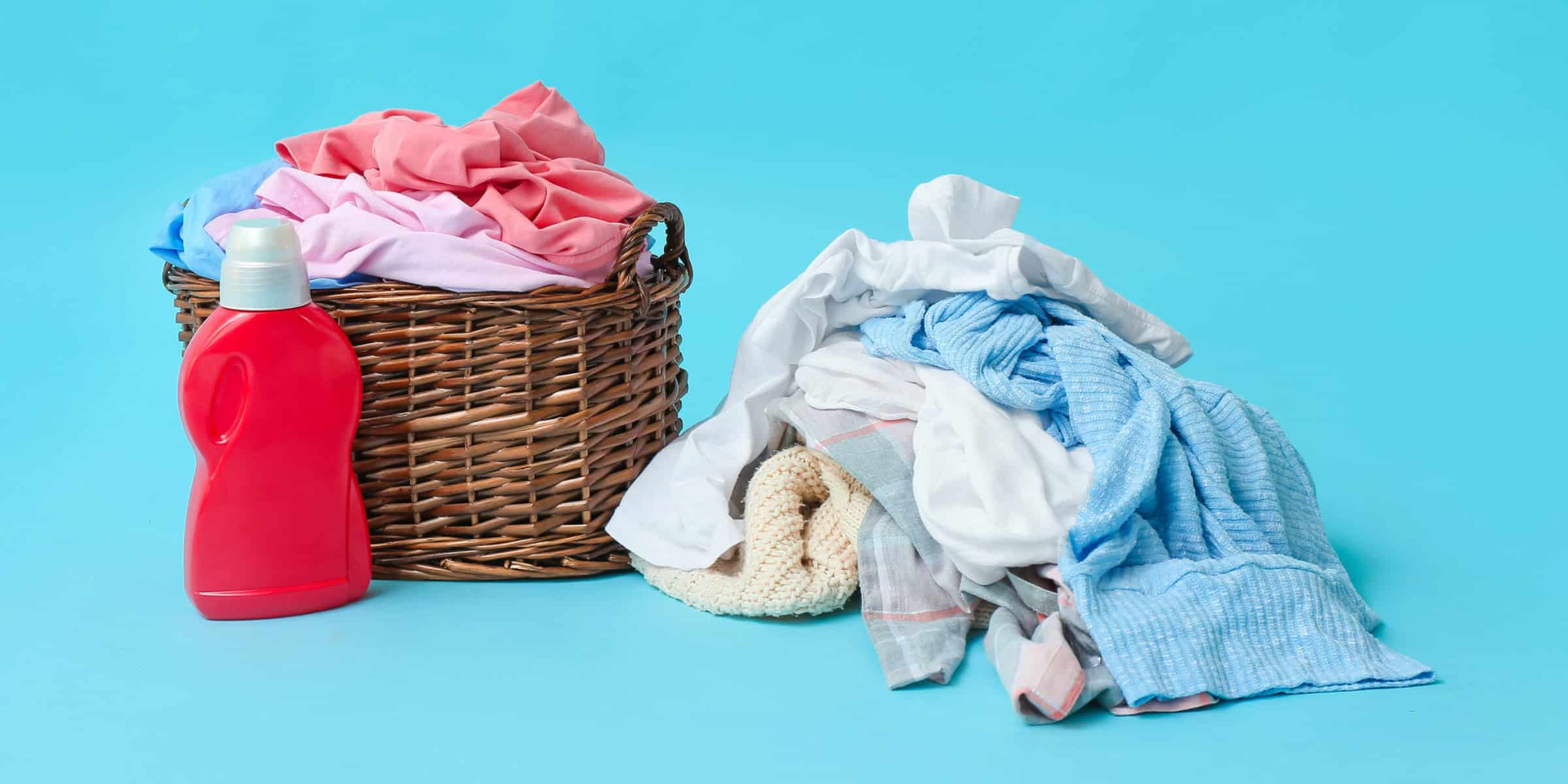Are you looking to reduce your carbon footprint and live a more sustainable lifestyle? One area you may not have considered is your laundry practices. From the detergent you use to the way you dry your clothes, there are many ways to make your laundry routine more environmentally friendly.
Choosing sustainable laundry practices not only benefits the planet, but it can also save you money in the long run. By using less water and energy, you can lower your utility bills and extend the life of your clothing.
So, let’s take a look at some simple changes you can make to your laundry routine to make it more sustainable.
Choosing Sustainable Laundry Detergents
When it comes to choosing eco-friendly detergents, it’s important to read labels and look for biodegradable ingredients. Opt for detergents that are made with natural and plant-based ingredients as these are better for the environment. Additionally, eco-friendly packaging is also important. Look for detergents that come in recyclable or biodegradable packaging to reduce waste.
Chemical-free options are also a great choice for sustainable laundry practices. Harsh chemicals in traditional detergents can be harmful to the environment and your health. Choose detergents that are free from synthetic fragrances, dyes, and preservatives. Not only are these detergents better for the environment, but they’re also gentler on your clothes.
Incorporating eco-friendly laundry detergents into your household not only benefits the environment but also promotes a healthier lifestyle. By choosing detergents with biodegradable ingredients and packaging, and chemical-free options, you’re making a conscious effort to reduce your carbon footprint.
So, next time you go to purchase laundry detergent, consider these sustainable options.
Opting for Cold Water Washes
Choosing to wash your clothes in cold water not only saves energy but can also extend the life of your clothing. One of the benefits of cold water washes is that they use less energy than hot water washes. This is because the water doesn’t need to be heated up, which requires energy and can account for up to 90% of the total energy used in a washing machine. By using cold water, you can reduce your energy consumption and save money on your electric bill.
Another benefit of cold water washes is that they can help extend the life of your clothing. Hot water can cause fabrics to shrink, fade, and lose their shape over time. Cold water, on the other hand, is gentler on fabrics and can help them retain their color and shape. This means that your clothes will look better for longer and you won’t need to replace them as often.
If you’re used to washing your clothes in hot water, adjusting to cold water washes may take some getting used to. However, there are a few tips you can use to make the transition easier. First, make sure to read the care label on your clothing to see if it can be washed in cold water. Second, adjust the settings on your washing machine to the cold water setting. Finally, consider using a detergent that is specifically designed for cold water washes.
By following these tips, you can start enjoying the benefits of cold water washes and make your laundry routine more sustainable.
Drying Clothes Responsibly
To keep your clothes looking their best, you can hang them up outside to dry on a warm, sunny day. This is a great way to dry clothes responsibly and save energy. It’s also a great opportunity to enjoy the outdoors while doing your laundry.
Hanging clothes to dry outside can be especially helpful for eco-friendly fabrics like bamboo, hemp, and organic cotton, which can be worn for a long time without losing their shape or color. Air drying benefits are not limited to eco-friendly fabrics. It’s a great way to preserve the texture and quality of all types of fabrics.
Air drying helps prevent shrinkage, fading, and stretching that can occur with machine drying. Additionally, air drying saves energy and reduces your carbon footprint. You can also hang clothes indoors on a drying rack or clothesline if you don’t have access to an outdoor space.
Lastly, it’s important to remember that air drying may take longer than machine drying, but it’s worth the wait. You can plan ahead and hang clothes up to dry before going to bed, so they’ll be ready to wear by morning. You can also use a fan or dehumidifier to speed up the drying process. By adopting responsible laundry practices like air drying, you’re not only helping the environment, but you’re also taking care of your clothes and extending their lifespan.
Reducing Water Waste
By reducing water waste, you can make a significant impact on the environment while also saving money on your water bill. One way to do this is by implementing greywater recycling in your laundry routine. Greywater is the wastewater from your washing machine that can be reused for other purposes such as watering plants or flushing toilets.
By installing a greywater recycling system, you can reduce your household’s water consumption by up to 40%. Another way to reduce water waste is by using efficient washing machines. Traditional washing machines use an average of 23 gallons of water per load, while high-efficiency machines use only 13 gallons.
This not only saves water, but also reduces energy consumption since less water needs to be heated. When shopping for a new washing machine, look for models with the Energy Star label, which indicates that the machine meets strict energy efficiency guidelines set by the US Environmental Protection Agency. Incorporating these sustainable laundry practices into your household routine can have a significant impact on the environment and your wallet.
By reducing water waste through greywater recycling and using efficient washing machines, you can help conserve this precious resource and save money on your water bill. So, take the first step towards a more sustainable laundry routine and start implementing these practices today.
Repurposing Old Clothing and Linens
Want to give your old clothes and linens a new life? Check out some creative ways to repurpose them in this section!
Before you toss out those old shirts or sheets, consider turning them into something new. There are plenty of upcycling ideas out there that can transform your old fabrics into something useful and beautiful.
For instance, you can turn an old t-shirt into a tote bag, or use old sheets to create a new tablecloth. Not feeling crafty? That’s okay too!
There are plenty of donation programs that will gladly take your old clothes and linens off your hands. You can donate gently used items to thrift stores, shelters, or even textile recycling programs. By doing so, you’re not only giving your old items a second life, but you’re also helping others in need. It’s a win-win situation!
Incorporating sustainable laundry practices into your home doesn’t have to be difficult or time-consuming. By repurposing old clothing and linens, you can reduce waste and give new life to items that might have otherwise ended up in a landfill. Whether you choose to upcycle or donate, you’re making a positive impact on the environment and your community.
So go ahead and get creative with your old fabrics – the possibilities are endless!
Conclusion
Congratulations! You’ve successfully learned about sustainable laundry practices that can be implemented in your household.
By choosing eco-friendly laundry detergents, you’re not only reducing your carbon footprint but also protecting your health and the environment. Opting for cold water washes and air-drying your clothes is a great way to save energy and reduce your electricity bills.
Reducing water waste is also a crucial step towards a sustainable lifestyle. Simple habits like washing full loads and fixing leaks can make a big difference.
Lastly, don’t forget to repurpose old clothing and linens instead of throwing them away. You can donate them to charity, use them as rags, or even create new DIY projects.
By incorporating these sustainable laundry practices into your daily routine, you’re taking a step towards a greener future. Good luck!

